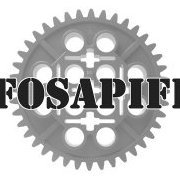
[MOC] Tesla Semi with Autopilot and torque vectoring
By
Fosapifi, in LEGO Technic, Mindstorms, Model Team and Scale Modeling
-
Recently Browsing 0 members
No registered users viewing this page.

By
Fosapifi, in LEGO Technic, Mindstorms, Model Team and Scale Modeling
No registered users viewing this page.